
The Free Press

Last year, Mahsa Jina Amini, a 22-year-old woman from the town of Saqqez in northwestern Iran, came to visit family in Tehran—a stranger in a strange land.
On September 13, she was exiting a subway station with her brother when she was stopped by the morality police for wearing an “inappropriate hijab.” It’s unclear what she was actually wearing that day—her mother says it was a “long, loose robe”—but she was locked up and beaten for this so-called crime.
Three days later, on September 16, Mahsa Amini was dead.
At first, photographs circulated showing her lying in a coma in a hospital bed with tubes in her mouth and nose. Security forces claimed that Mahsa had suddenly collapsed in detention and suffered a heart attack.
But a doctor from the hospital told me via encrypted message that Mahsa had died before she ever arrived. Leaked medical scans revealed that her skull had been fractured. The hospital photos, it turned out, were part of a regime cover-up—a fact that spread like wildfire throughout the country thanks to the reporting of fearless Iranian journalists.
As I looked at her face in that hospital bed, I could not stop thinking that I could have been Mahsa Amini.
Mahsa and I both grew up in small provinces, and I remember how lost I felt the first time I visited Tehran, a city of 9 million people. I was 18 in 1994 when I was arrested for producing leaflets calling for greater dissent in Iran. I was held in prison and questioned for weeks before being released to my family. Later, I became a newspaper reporter in Tehran, but in 2009, I left my country for good after my stories displeased the regime too many times.
Eventually I moved to the United States, hoping to secure safety for me and my family. But the arm of the Iranian regime is long. Two years ago, brutes of the Islamic Republic tried to assassinate me at my home in Brooklyn.
I have since lived in more than two dozen safe houses, trying to outrun an Iranian regime hell-bent on seeing me dead. According to the White House, there have been 31 credible threats against my life on U.S. soil over the past year alone.
But I refuse to remain silent about the evils of my country’s regime, especially to women. I saw the death of Mahsa—who had just been accepted to university, with dreams of becoming a lawyer—as the stand-in for all Iranian women.
I was not alone in what I saw. On September 17, at Mahsa’s funeral in Saqqez, distraught citizens—mostly women but also many men—swarmed the streets, shouting “Death to the dictator.” Some women burned their headscarves.
One day after her funeral, I gave my first interview about Mahsa’s murder on Iran International TV, the biggest diaspora station. I could not control my tongue. I called upon the people of Iran to up the ante: to come out into the streets in greater numbers, to burn the morality police vans, to make their voices heard. To stop at nothing to get justice for Mahsa. The interviewer stopped me in my tracks and said she couldn’t air such inflammatory remarks.
But the anger that had festered for over four decades of clerical rule had already exploded.
Over the following months, protesters—from the affluent residents of north Tehran to the poor ones from the south side—took to the streets. They dyed fountains blood-red and threw rocks and even Molotov cocktails at police stations. Women discarded and burned their hijabs or cut their hair in public. Others knocked the turbans off the heads of Iranian clerics on the streets and ran away, in protest against the misogyny of the regime. At the World Cup in December, the men of our soccer team refused to sing the Iranian national anthem. Men now bravely stood in solidarity with women at one of the biggest television events in human history.
The regime sent in troops to crush the revolt. During the crackdown, more than 500 protesters have been killed, a quarter of them women. Another 20,000 have been jailed. At least seven were executed after brief show trials. UN experts estimate that at least 5,000 children have been poisoned in what they describe as “targeted chemical attacks against girls’ schools” that have been reported in “91 schools located in 20 provinces across Iran.”

No one can predict how or when revolutions start. The Arab Spring was ignited when a fruit seller set himself on fire. Could the injustice of Mahsa’s death be the spark of a revolution?
I believe it with all my heart.
One year after Mahsa’s killing, women continue to defy the regime’s compulsory hijab laws even though it could get them imprisoned or killed.
Take the case of Zeinab Kazemi, who removed her hijab in February at an engineers’ gathering in Tehran. This month she was sentenced to 74 lashes. After she was sentenced, she wrote on Instagram, “I have never regretted raising my voice for justice and against oppression, and I still don’t.”
Iranian journalist Nazila Maroufian was thrown in jail for interviewing Mahsa Amini’s father last year. After she was released, she posted a photo of herself without a headscarf and the message, “Don’t accept slavery, you deserve the best!” She is currently detained in an Iranian jail, and is now on a hunger strike, in protest against the sexual assault she has reportedly endured behind bars.
Then there’s 18-year-old revolutionary Asal Jazideh, who was shot in the eye when she tried to help her mother as she was being arrested by Iranian security forces. One year later, Asal broke her silence from exile, declaring, “I endured pain, mentally and emotionally, but my belief in the #WomanLifeFreedom revolution and its people remains unbroken.”
American women should say their names. They should make Zeinab and Nazila and Asal as famous as Mahsa herself.
The United States also should stay true to its founding ideals and stop giving money to—and conducting business with—a country that opposes freedom and human rights. Democracy everywhere is endangered when religious dictatorships are allowed to act with impunity.
Many American lawmakers understand this. Just this week, the House of Representatives passed a bipartisan measure limiting Iran’s ability to import or export weapons. Sadly, the Biden administration is moving in the opposite direction. On September 13, the White House announced a deal offering $6 billion in return for U.S. citizens held in Iranian prisons.
Biden’s people have promised that any money released to Iran will be given only to U.S.-approved third-party vendors for food and medicine. But this is deeply delusional. It will only go toward subsidizing terrorist activity or get lost in a deeply corrupt system.
You simply can’t make deals with terrorists.
Meanwhile, in Iran, the flame of the revolution still burns strong. That’s why security forces are braced for protests today, on the one-year anniversary date of Mahsa Amini’s death.
And when I look back at videos from last year’s protests, of unarmed women and men, walking arm in arm toward armed morality police guards, laying down their lives in pursuit of freedom and dignity—I know we will not stop until we defeat them.
Masih Alinejad is an Iranian American journalist, women’s rights campaigner, and best-selling author of The Wind in My Hair. Follow her on Twitter (now X) @AlinejadMasih, or on Instagram @masih.alinejad. And click below to hear Masih on Honestly speaking about the seismic effects of Mahsa Amini’s death.
Become a Free Press subscriber today:

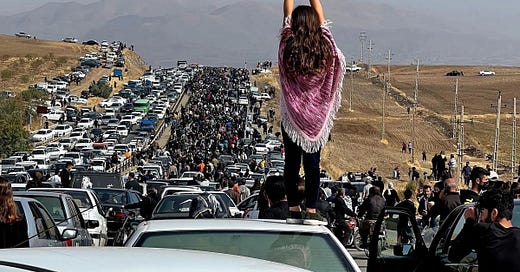


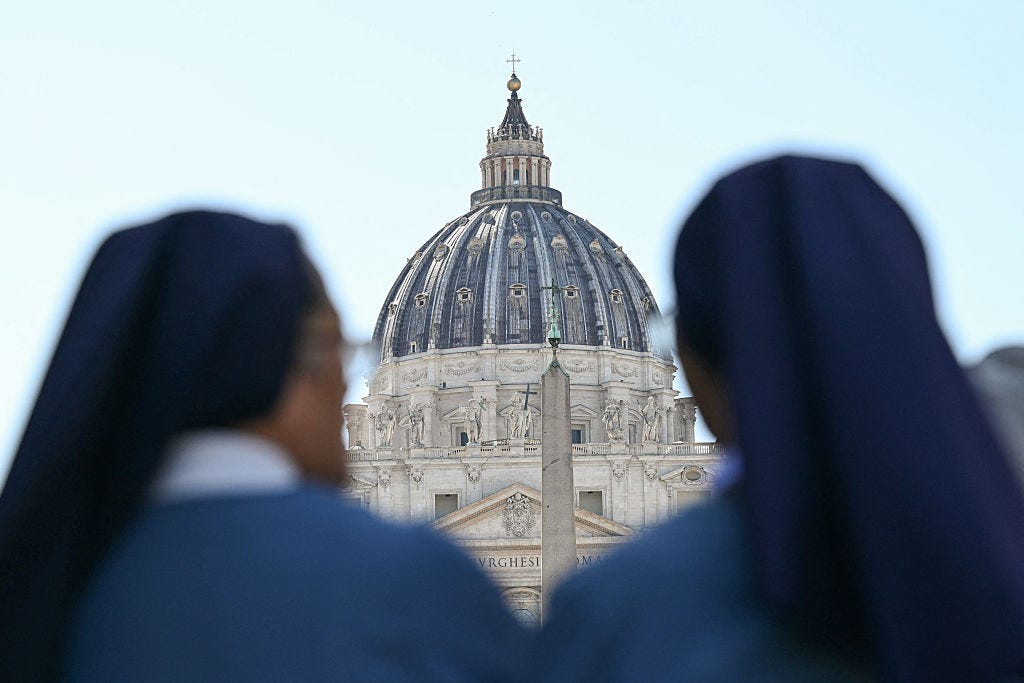

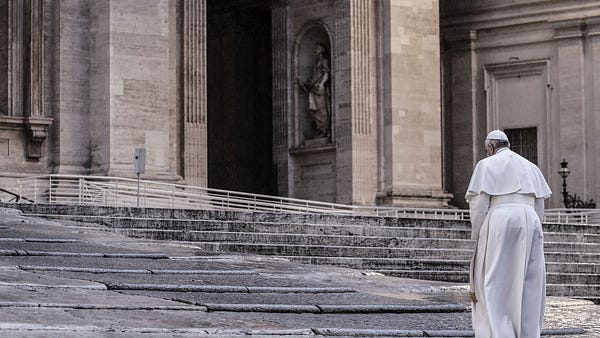

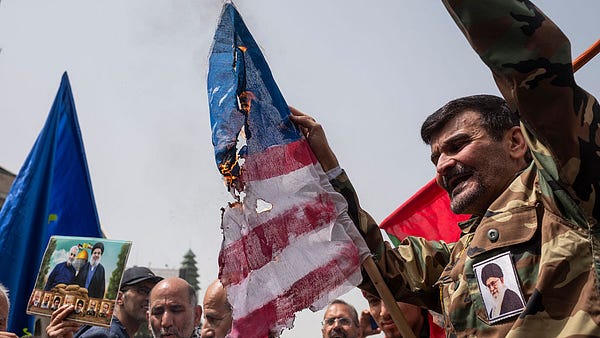



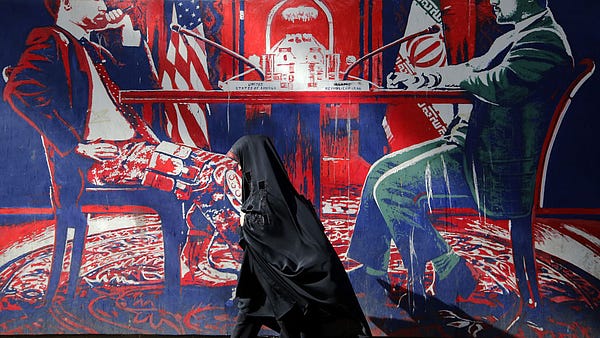

A protest suggestion that would be truly passive aggressive. The leaders of Iran are so afraid of women showing their hair in public, then oblige them. The women shave their heads bald in protest. It would drive the authorities crazy.
Biden, morality? Please